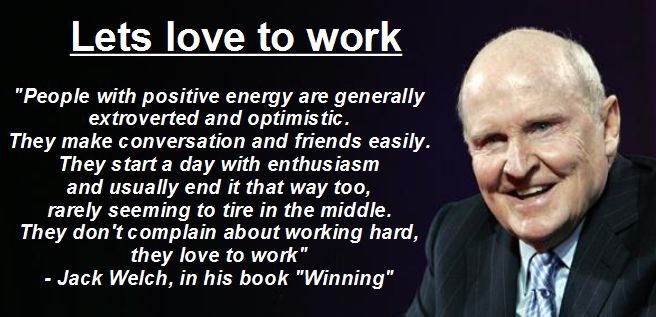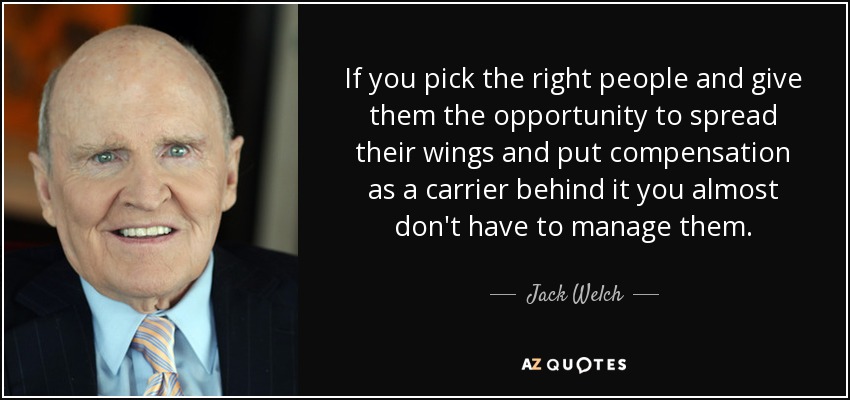Click here to return to Blog Post Intro.
Winning Starts with Your Mission Statement & Values
Mission and values are two terms that are among the most abstract, overused and misunderstood words in business. By contrast, a good mission statement and a good set of values are real and concrete. The mission announces exactly where you are going, and the values describe the behaviors that will get you there.
First: About That Mission
An effective mission statement basically answers one question: How do we intend to win in this business? It requires companies to make choices about people, investments and other resources and prevents companies from falling into the common mission trap of asserting they will be all things to all people at all times.
Effective mission statements balance the possible and the impossible. They give people a clear sense of the direction to profitability and the inspiration to feel they are part of something big and important. You can get input from anywhere. However, a mission cannot, and must not, be delegated to anyone except the people ultimately held accountable for it.
Our HR Office recently revisited our Mission Statement. We recognized it was too wordy to be effectively remembered by our team members, so we streamlined it to the bare essentials, “Ensure JSC has a capable and committed workforce when and where it’s needed.”
… And Now About Those Values
In contrast to the creation of a mission, everyone in a company should have something to say about values. You can use company-wide meetings, training sessions and the like for immediate feedback and the intranet for broader input. The executive team has to go out of their way to be sure they’ve created an atmosphere where people feel it is their obligation to contribute.
Our HR Office’s Values mirror the NASA Values of Safety, Integrity, Excellence, and Teamwork. But we go a step further to outline three more Core Values essential to our success: Customer Service (we partner with our customers to achieve the mission); Initiative (we take the action to get things done); and Inclusion (we work together as a team and be sure to reflect all perspectives to generate innovative results).
Differentiation isn’t cruel and Darwinian, but fair and effective
Companies win when their managers make a clear and meaningful distinction between top- and bottom performing businesses and people. Companies suffer when every business and person is treated equally.
Differentiation is the most efficient and most effective way to run your company, and also happens to be the fairest and the kindest. Ultimately, it makes winners out of everyone. However, differentiation cannot — and must not — be implemented quickly. At GE, it took about a decade to install the kind of candor and trust that makes differentiation possible.
When differentiating among people, GE managers assess their employees and separate them into three categories in terms of performance: top 20 percent, middle 70, and bottom 10. Then — and this is key — it requires managers to act on that distinction. The top 20 percent of employees are showered with bonuses, stock options, praise and a variety of rewards to their pocketbooks and souls. The middle 70 percent are managed differently. This group is enormously valuable to any company; you simply cannot function without their skills, energy and commitment. After all, they are the majority of your employees. And that’s the major challenge and risk in 20-70-10 — keeping the middle 70 engaged and motivated. Managing the middle 70 is not about keeping people out of the bottom 10. It is not about saving poor performers. Rather, differentiation is about managers looking at the middle 70, identifying people with potential to move up and cultivating them.
As for the bottom 10 percent in differentiation, they have to go. If you have a candid organization with clear performance expectations and a performance evaluation process, then people in the bottom 10 percent generally know who they are. When you tell them, they usually leave before you ask them to.
The art of managing people
People management comes down to six fundamental practices:
- Elevate HR to a position of power and primacy in the organization and make sure HR people have the special qualities to help managers build leaders and career. (As a side note, we’re indebted to Jack Lister, who served as HR Director at NASA for nearly 20 years and moved his position to directly report to the Center Director. His office was on the 9th floor along with the Center Director and Engineering Director—where I’m now serving as Acting HR Director.)
- Use a rigorous, nonbureaucratic evaluation system and intensely monitor its integrity.
- Create effective mechanisms — such as money, recognition and training — to motivate and retain.
- Face straight into charged relationships with unions, stars, sliders and disrupters. You can fight about issues, but your fighting will be more productive if you are always clear about what issues are negotiable and which are untouchable.
- Fight gravity. Instead of taking the middle 70 percent for granted, treat them like the heart and soul of the organization.
- Design the organizational chart to be as flat as possible, with clear reporting relationships and responsibilities. Make your company 50 percent flatter than you’d normally feel comfortable with; managers should have 10 direct reports at the minimum, and 30 to 50 percent more if they’re experienced.
How to manage a work-life balance
Without question, work-life balance as a concept has grown and expanded. It isn’t just about how mothers can make time for all the demands in their lives. It’s about how all of us manage our lives and allocate our time — it’s about priorities and values. But no matter what balance you choose, you’ll have to make trade-offs.
To make the choices and take the actions that ultimately make sense for you, consider these work-life balance techniques:
Best Practice 1: Be focused on where you are and whom you are with. No one wins when you routinely run your family’s carpool logistics from your office phone or e-mail customers from the soccer field.
Best Practice 2: Have the mettle to say no to requests and demands outside your chosen work-life balance plan.
Best Practice 3: Make sure your work-life balance plan doesn’t leave you out. Outside of work, clarify what you want from life. At work, clarify what your boss wants, and understand that, if you want to get ahead, what he or she wants comes first.
Leadership: It’s Not Just About You
When you become a leader, success is all about growing others. Without question, there are a variety of ways to be a leader.
Leaders relentlessly upgrade their team, using every encounter as an opportunity to evaluate, coach and build self-confidence. You need to invest the vast majority of your time and energy as a leader in three activities: evaluating, coaching and building the team’s self-confidence. Too often, managers think that people development occurs once a year in performance reviews.
Leaders make sure people not only see the vision, they live and breathe it. As a leader, you have to make the vision come alive. Goals cannot sound noble yet be vague. One of the most common problems in organizations is that leaders communicate the vision to their closest colleagues and its implications never filter down to people in frontline positions.
Leaders get into everyone’s skin, exuding positive energy and optimism. An upbeat manager ends up running a team or organization filled with upbeat people. A pessimistic sourpuss somehow ends up with an unhappy tribe all his own
Leaders establish trust with candor, transparency and credit. Trust happens when leaders are transparent, candid and keep their word.
Leaders have the courage to make unpopular decisions and gut calls. Some people long to be loved by everyone. Those behaviors can get you in the soup if you are a leader because there are times you have to make hard decisions — let people go, cut funding to a project or close a plant. A lot has been written about the mystery of gut, but it’s really just pattern recognition. Leaders are faced with gut calls all the time, and sometimes the hardest gut calls involve hiring people. However, if you’re left with that uh-oh feeling in your stomach, don’t hire the guy.
Leaders probe and push with a curiosity that borders on skepticism, making sure their questions are answered with action. When you’re a leader, your job is to have all the questions. You have to be incredibly comfortable looking like the dumbest person in the room.
Leaders inspire risk-taking and learning by setting the example. Winning companies embrace risk-taking and learning. But in reality, these two concepts often get little else than lip service. If you want your people to experiment and expand their minds, set the example yourself. Consider risk-taking.
Leaders celebrate. There is not enough celebrating at work — anywhere. Celebrating makes people feel like winners and creates an atmosphere of recognition and positive energy.
May these nuggets from Jack Welch serve you well, as you strive to Win and shoot for the stars!




